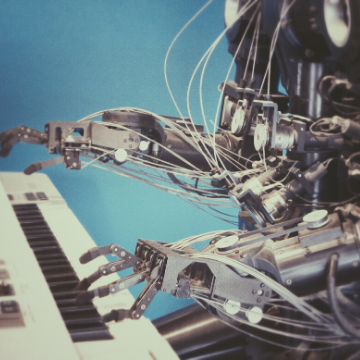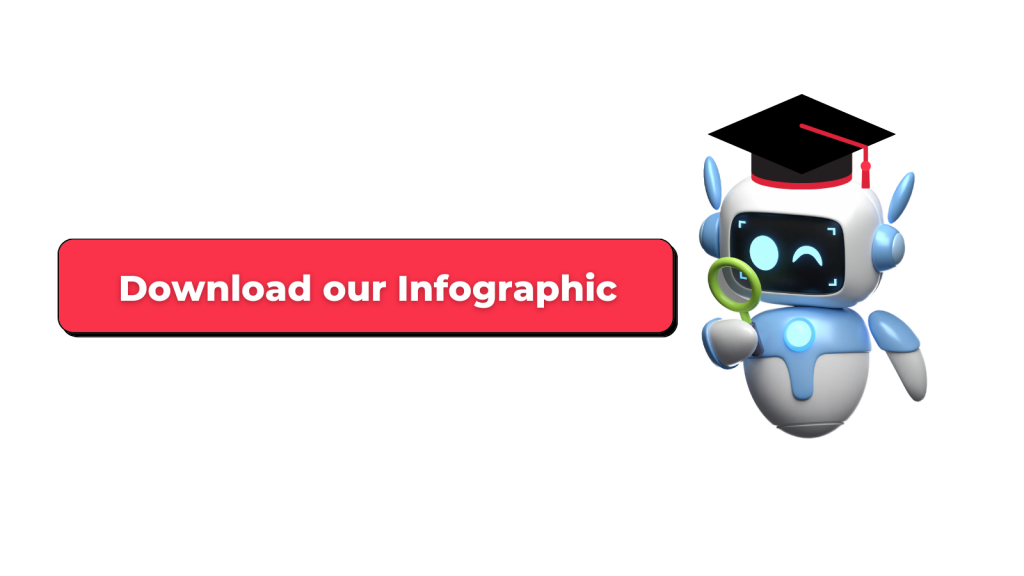Here’s what happened this week in IT news.
Full podcast episode:
Check out more of our interviews from our podcast episodes.
News story #1: Agile after 20 years
With the manifesto for Agile software development turning 20 this year, industry insiders are looking back at the philosophy’s two decades of existence to see how deeply embedded it actually is among the world’s businesses.
While most companies have fully bought into the idea of Agile and are on board with its values and principles, the term “agile” is still a buzzword rather than a true practice in many cases.
According to experts, organisations often resort to Agile methodologies as a simple solution to accelerate their digital transformation projects. In doing so, they fail to implement the development framework as a wholistic philosophy that ties IT with business objectives.
Automated testing and deployment and rapid feedback loops have been widely adopted by industry players, but better value stream mapping and new business-oriented performance metrics will be needed if we are to unleash the full potential of Agile.
News story #2: Berners-Lee’s annual letter
Just like Warren Buffett, Tim Berners-Lee (a.k.a. the father of the world wide web) has made a habit out of sending an annual letter reflecting on the state of the Internet world.
Last Friday, March 12th, marked the 30th anniversary of the web, and Berners-Lee, who has always been adamant about making the Internet a more inclusive medium, turned his attention to universal access to the Internet, web-based environmental initiatives and curbing online abuse. According to Berners-Lee, the pandemic has accentuated the difference between the 2.2 billion young people who lack stable Internet access and those who don’t. But it is the web’s hostility towards minorities that worries him the most.
Yet, despite his concerns regarding “the toxic Internet,” Berners-lee is optimistic about our ability to make online forums a safer place. Specifically, he points towards big social media platforms as the ones who should be implementing the changes to make that happen. The way forward, says Berners-Lee, should be building “social networks where bad things happen less.”
News story #3: Mirror-based computers
The end the week in IT news — While quantum computing is the alternative to traditional computers that gets the most attention these days, it is not the only new kid in the block.
Researchers are also exploring ways to make standard bit-based computation faster and more efficient — and we are not talking about cramming more transistors into a silicon chip. It’s more about re-inventing the traditional transistor altogether. After all, we don’t need all future computers to be quantum; faster traditional PCs should suffice for most tasks. Enter light-based computing.
University of Cambridge researchers have discovered a way of making a material switch between glass and mirror with a short laser pulse. This type of optical switching is way faster than current computer switches — about a million times faster. It also consumes a fraction of the energy. Plus, the switch could be applied to quantum computing as well.

Join our community and find your next job or expert in IT



